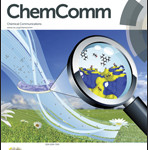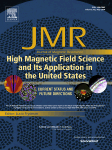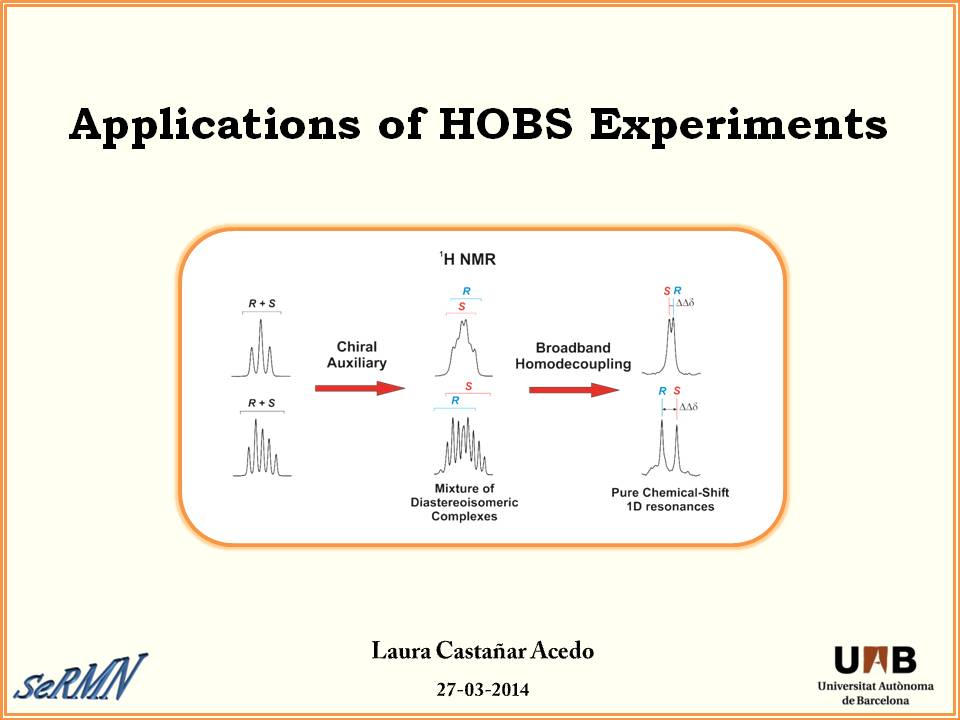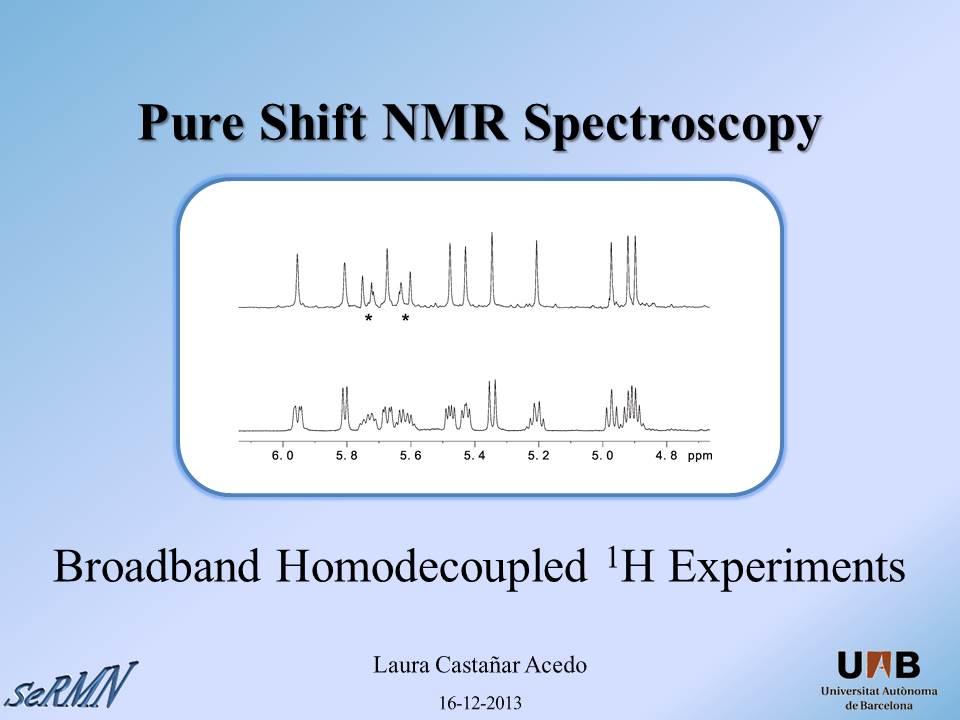 Some of our last research work will be presented next week at the VI Ibero-American NMR – VII GERMN Bienal – IV Iberian NMR joint meeting that will take place in Alcalá de Henares, Madrid (Spain) from 22nd to 25th September. Find below a summary of our contributions.
Some of our last research work will be presented next week at the VI Ibero-American NMR – VII GERMN Bienal – IV Iberian NMR joint meeting that will take place in Alcalá de Henares, Madrid (Spain) from 22nd to 25th September. Find below a summary of our contributions.
Laura Castañar presents an oral communication and a poster entitled “Enantiodifferentiation throgh frequency-selective pure shift 1H NMR”. NMR-aided discrimination of enantiomers using chiral solvating agents (CSAs) is a well established method to carry out enantiodifferentiation studies. Continue reading SeRMN presentations at the 2014 Ibero-American NMR & GERMN Bienal & Iberian NMR meeting





